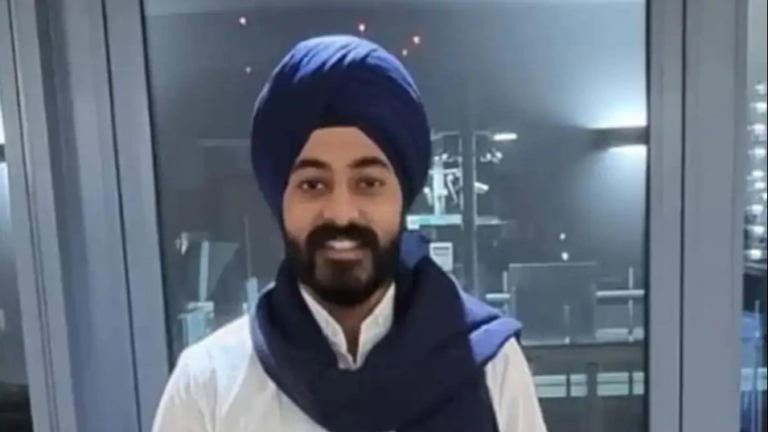FIFA, the world-renowned video game franchise developed by EA Sports, has been a significant part of gaming culture since its inception in 1993. One of the most recognizable aspects of FIFA is its cover art, which has evolved dramatically over the years. In this article, we’ll explore the history of FIFA covers, the impact of cover stars, the design elements involved, and what players and fans are saying today.
The Evolution of FIFA Covers
Early Beginnings: FIFA International Soccer (1993): The first FIFA game, FIFA International Soccer, was released in 1993 for the Sega Mega Drive/Genesis and Super Nintendo. The cover featured the FIFA logo prominently, with a simple image of a player kicking a soccer ball. This minimalist approach set the stage for future covers but lacked the dynamic and vibrant designs seen in later editions.
The Rise of Star Players: As the franchise grew, so did its emphasis on featuring star players on the cover. This shift began in FIFA 95, which showcased players like David Platt and included an image of a player in mid-action. By the late 1990s, covers featured legendary players such as Roberto Baggio and Eric Cantona, highlighting the importance of star power in marketing the game.
The 2000s: Iconic Covers and Gameplay Innovations
The early 2000s marked a turning point for FIFA covers. The release of FIFA 2000 introduced a more polished design, featuring cover stars like Roberto Carlos and Edgar Davids. The covers began to reflect the vibrant colors and energetic poses of the players, appealing to a younger audience.
In 2005, FIFA 06 was released with a striking cover that featured Ronaldinho, whose popularity was at its peak. The game introduced new gameplay mechanics, but the cover art played a crucial role in capturing the essence of the game.
The Modern Era: A Global Perspective: With the rise of the global gaming community, FIFA covers began to reflect the diverse fanbase of the sport. The FIFA 12 cover featured three prominent players: Wayne Rooney, Messi, and Kaka, showcasing the game’s international appeal. This trend continued with FIFA 17, which featured James Rodríguez, a Colombian star, emphasizing the game’s reach beyond traditional soccer powerhouses.
Cover Stars: The Faces of FIFA
The Impact of Cover Stars on the Franchise: The players chosen to feature on FIFA covers often influence the game’s marketing strategy and overall popularity. Cover stars are typically global icons, and their presence on the cover can drive sales and engagement. For instance, Lionel Messi has been a recurring cover star, appearing on the cover of FIFA 13, FIFA 14, and FIFA 15. His inclusion reflects both his immense popularity and the respect he commands within the football community.
A Look at Recent Cover Stars
FIFA 21: This edition featured Kylian Mbappé, the young French superstar who has taken the football world by storm. His youthful energy and talent appealed to the franchise’s younger audience.
FIFA 22: The cover showcased Kylian Mbappé once again, reinforcing his status as one of the game’s top players.
FIFA 23: EA Sports made headlines by featuring three cover stars: Mbappé, Sam Kerr, and Vinicius Jr. This was a historic move, as it highlighted the increasing prominence of women’s football alongside the men’s game.
Design Elements of FIFA Covers
The Role of Color and Imagery: FIFA covers are known for their vibrant colors and dynamic imagery. The use of bold colors helps create a sense of excitement and energy, reflecting the adrenaline of playing soccer. The imagery often features players in action poses, conveying a sense of movement that captures the essence of the sport.
Typography and Branding: The typography used on FIFA covers has evolved, with each edition aiming for a modern and clean look. The FIFA logo is prominently displayed, alongside the EA Sports branding. The design choices reflect contemporary design trends while maintaining a consistent brand identity that fans recognize.
Cultural Influence: As the FIFA franchise has expanded globally, the covers have begun to incorporate cultural elements that resonate with different regions. For example, covers in Latin America might feature local stars and colors that reflect the region’s culture, while covers in Europe may lean towards a more traditional soccer aesthetic.
The Fan Experience: What Players Are Saying
Cover Art as a Discussion Point: FIFA covers often spark lively discussions among fans. Many players take to social media platforms, particularly Twitter and Instagram, to share their opinions on the cover art. Some express their excitement for their favorite players being featured, while others critique the choices made by EA Sports. This interactive dialogue fosters a sense of community among players.
Memes and Fan Creations: The FIFA community has a knack for creativity, leading to the proliferation of memes and fan-made covers. Fans often create their own versions of the cover art, highlighting players who they believe deserve recognition or poking fun at the official choices. These creations add another layer of engagement, as they spread across social media platforms.
Criticism and Praise: While FIFA covers are generally well-received, they are not without criticism. Some fans have expressed disappointment over the selection of cover stars or the lack of representation for certain leagues. In contrast, others praise EA Sports for its commitment to featuring diverse talent and recognizing emerging stars in the sport.
The Future of FIFA Covers
Embracing Diversity: As the gaming community continues to grow and evolve, it is essential for FIFA covers to embrace diversity fully. The inclusion of female players on the cover of FIFA 23 is a positive step, reflecting the increasing popularity of women’s football. Future editions should continue this trend, showcasing a broader range of talent from different backgrounds.
Interactive Cover Art: With advancements in technology, there’s potential for FIFA covers to become more interactive. Imagine augmented reality elements where fans can scan the cover to unlock exclusive content, such as player highlights or behind-the-scenes footage. This could create a more immersive experience for players and enhance their connection to the game.
Sustainability and Eco-Friendly Practices: As environmental concerns grow, EA Sports may consider implementing eco-friendly practices in the production of FIFA covers. This could include using sustainable materials for physical copies or promoting digital downloads to reduce waste.
FAQs
What are FIFA covers?
FIFA covers refer to the artwork displayed on the packaging of the FIFA video game series, produced by EA Sports. Each year, the cover features a prominent football player or players, representing the latest installment of the game.
What is the history of FIFA covers?
FIFA covers have evolved since the franchise’s inception in 1993. Initially featuring generic designs, the covers began showcasing real players in the mid-1990s. Over the years, icons like Pelé, Ronaldinho, Lionel Messi, and Cristiano Ronaldo have graced the covers, reflecting changing trends in football.
Are there special editions of FIFA covers?
Yes, EA Sports often releases special editions of the game, which may feature unique covers or additional content. For instance, FIFA 21 had a “Champions Edition” cover featuring multiple stars, and FIFA 23 introduced a “Legacy Edition” for certain platforms.
Conclusion
FIFA covers have evolved from simple images of players to dynamic artworks that reflect the spirit of soccer and its stars. The franchise’s ability to adapt to changing trends while maintaining its core identity is a testament to its success. As the gaming landscape continues to change, FIFA covers will undoubtedly evolve alongside it, engaging fans and celebrating the beautiful game. Whether you’re a die-hard FIFA player or a casual fan, the excitement surrounding FIFA covers remains a key aspect of the franchise’s enduring appeal.
To read more, Click Here .








